FOR A FEW DOLLARS MORE. The Masterful Dollar Trilogy Vol. 2
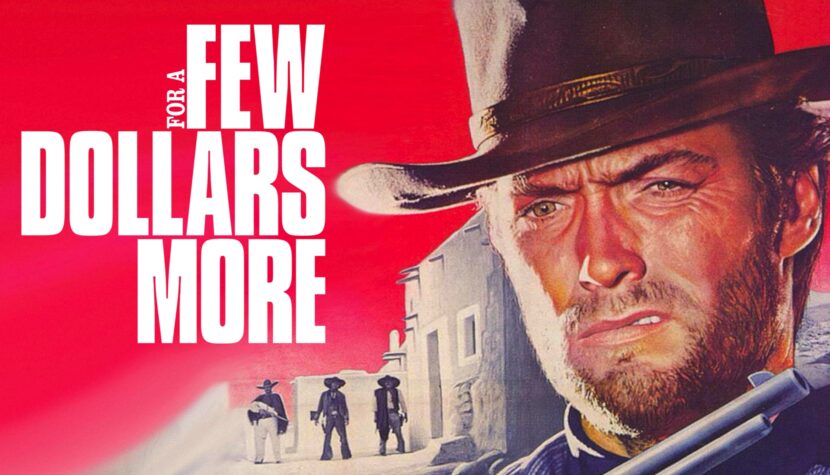
However, this time he isn’t as mysterious as he was in A Fistful of Dollars since we now know his profession. Monco/Manco (as the theoretically nameless character played by Clint Eastwood is called, depending on the language version) makes a living as a bounty hunter. In a land where “life has no value, but death sometimes has its price,” it’s possible to earn quite well this way. By coincidence, our gringo is forced to team up with an older colleague, Colonel Mortimer (Lee Van Cleef), to catch the psychopathic bandit known as Indio (Gian Maria Volonté – who also played the main antagonist in A Fistful of Dollars, but here portrays a completely different, even less sympathetic character). However, it turns out that Mortimer isn’t after the reward but rather seeking to settle scores from the past.
In many analyses of the Dollars Trilogy, there is a common belief that For a Few Dollars More is significantly better than the somewhat clumsy A Fistful of Dollars, but still only a warm-up for The Good, the Bad, and the Ugly. I have a different opinion and believe that the middle part of the trilogy should be considered the opus magnum of the Sergio Leone-Clint Eastwood duo. This work practically has no major flaws, unlike the third installment, which has a few weaker moments.
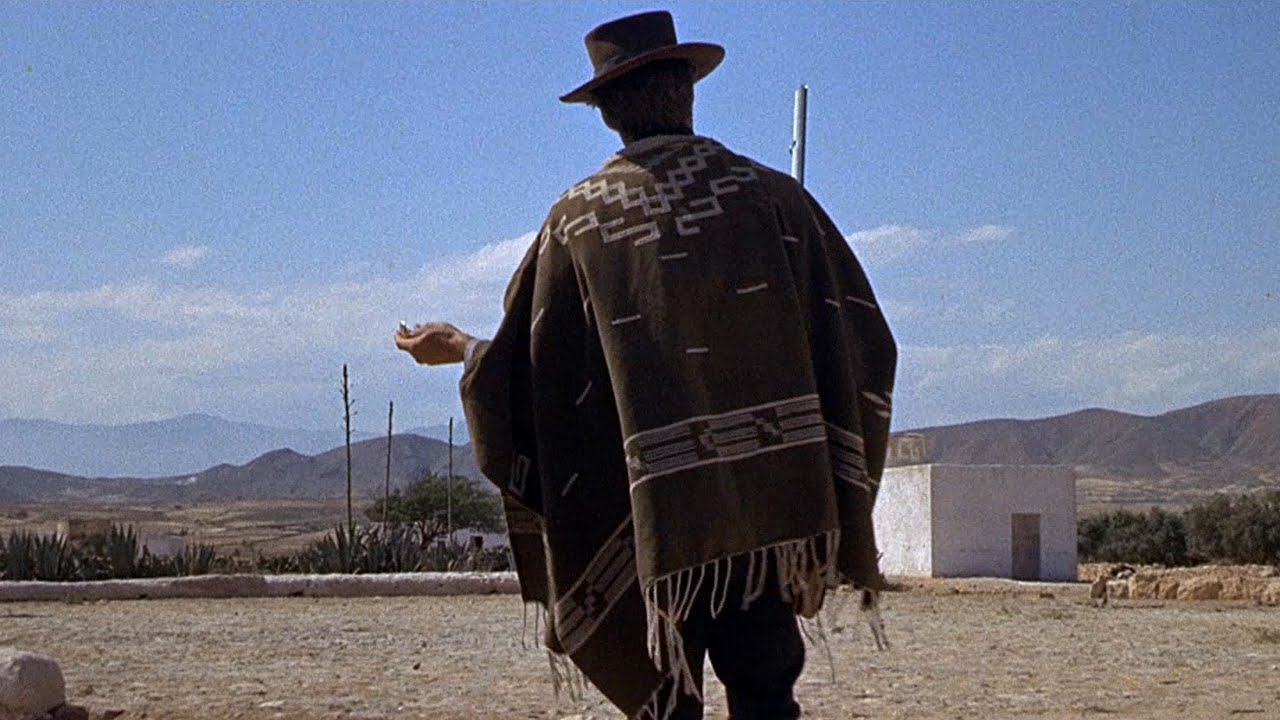
In For a Few Dollars More, the director perhaps best balances the proportions between humor laced with merciless irony and fatalism. Leone masterfully combines fire and water. The revenge plot for a past brutal crime, which is played out completely seriously, is countered by a series of almost grotesque and exaggerated sequences (e.g., after a dramatic duel, there is a scene of collecting corpses onto a cart for later cashing in). It would only take a slight shift in emphasis to disturb this intricate construction. Fortunately, Leone (with the help of co-writers, especially Luciano Vincenzoni) didn’t allow a single false note to creep into the film. Thus, one of the most “western of westerns” was created, simultaneously serving as an exaggerated parody of this noble genre.
The Right People in the Right Places
In A Fistful of Dollars, we only have Clint, but here Colonel Mortimer plays an equally important, if not more significant, role. Writing this piece for two gunfighters is not just an empty narrative device to increase action dynamism (although it does that too). Leone devotes a lot of attention to the relationships between his characters. Despite their differences (age, motives), both men find common ground and reluctantly join forces to achieve a common goal.
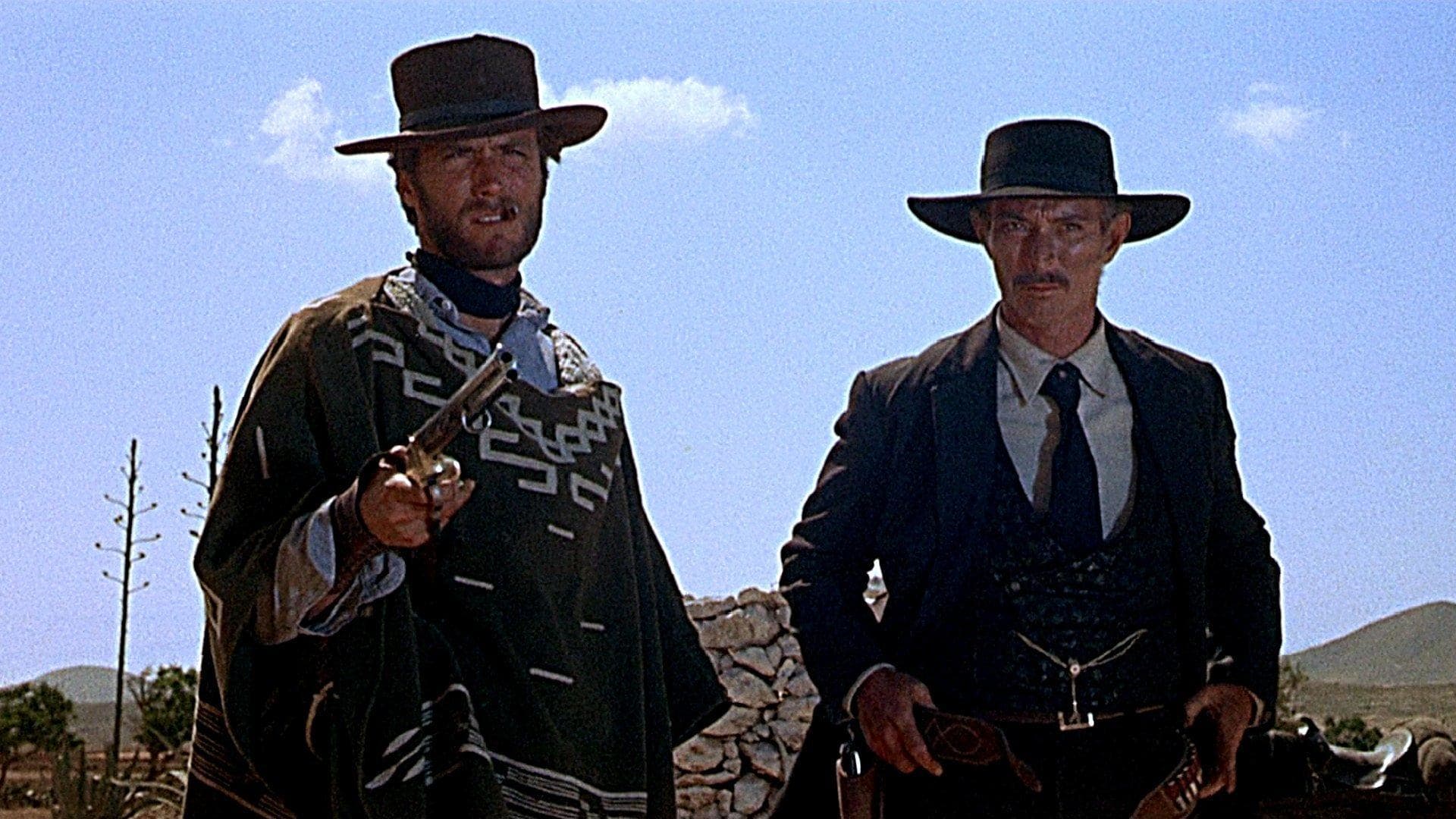
Mortimer is not interested in money—he is driven by a thirst for revenge. The mysterious gringo seems initially concerned only with the reward for Indio. However, over time, his actions begin to show that he is not as completely devoid of feelings as it might have seemed at first. This motif is played out subtly and without a hint of heavy-handedness.
Proper Craftsmanship
Much credit goes to the screenwriters of For a Few Dollars More, who sketched these characters with delicate strokes. Eastwood’s Manco/Monco is a slightly different character than in the first part of the series, more detached and ironic, but thus more interesting and simply more likable. Kudos also go to the excellent Lee Van Cleef, whose calm charisma literally explodes on the screen. Casting this unconventional actor was one of Sergio Leone’s best decisions. Speaking of bold decisions, I must mention that re-engaging Gian Maria Volonté as the villain was also an excellent move. It’s a shame this distinctive actor didn’t have a bigger career. To conclude the laudatory list, I must mention Klaus Kinski, who appears on screen delivering a classic, slightly unbalanced Kinski performance. His not very large but memorable role alone is worth seeing For a Few Dollars More.
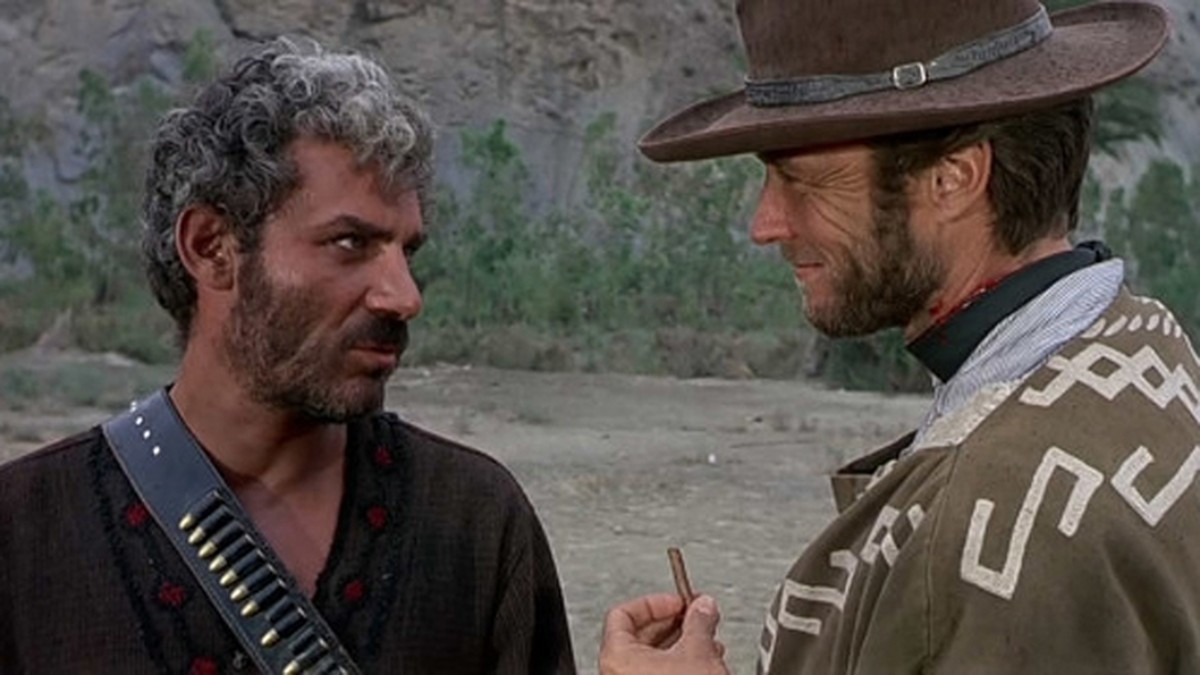
In terms of craftsmanship, by this stage, Sergio Leone was already a mature creator with a crystallized style. Despite the seemingly slow pace of this story, the tension never drops for a moment. Every frame is perfectly thought out and planned. Perfectionist Leone didn’t want to leave anything to chance, nor did he ever take the path of least resistance. For a Few Dollars More and his later films are perfect examples of the power of direction and editing. There are many scenes here that probably didn’t make much of an impression in the script, while the final result is breathtaking.
Everyone who had the pleasure of watching the middle part of the Dollars Trilogy at least once surely remembers the final scene with the music box. It’s one of those moments that make watching movies worthwhile. During a rewatch, I knew exactly what the sequence of events would be, yet I was still immensely impressed—those few minutes I can watch endlessly. The Italian director never filmed a better scene. Fortunately, he managed to create several (dozen) more equally brilliant ones.
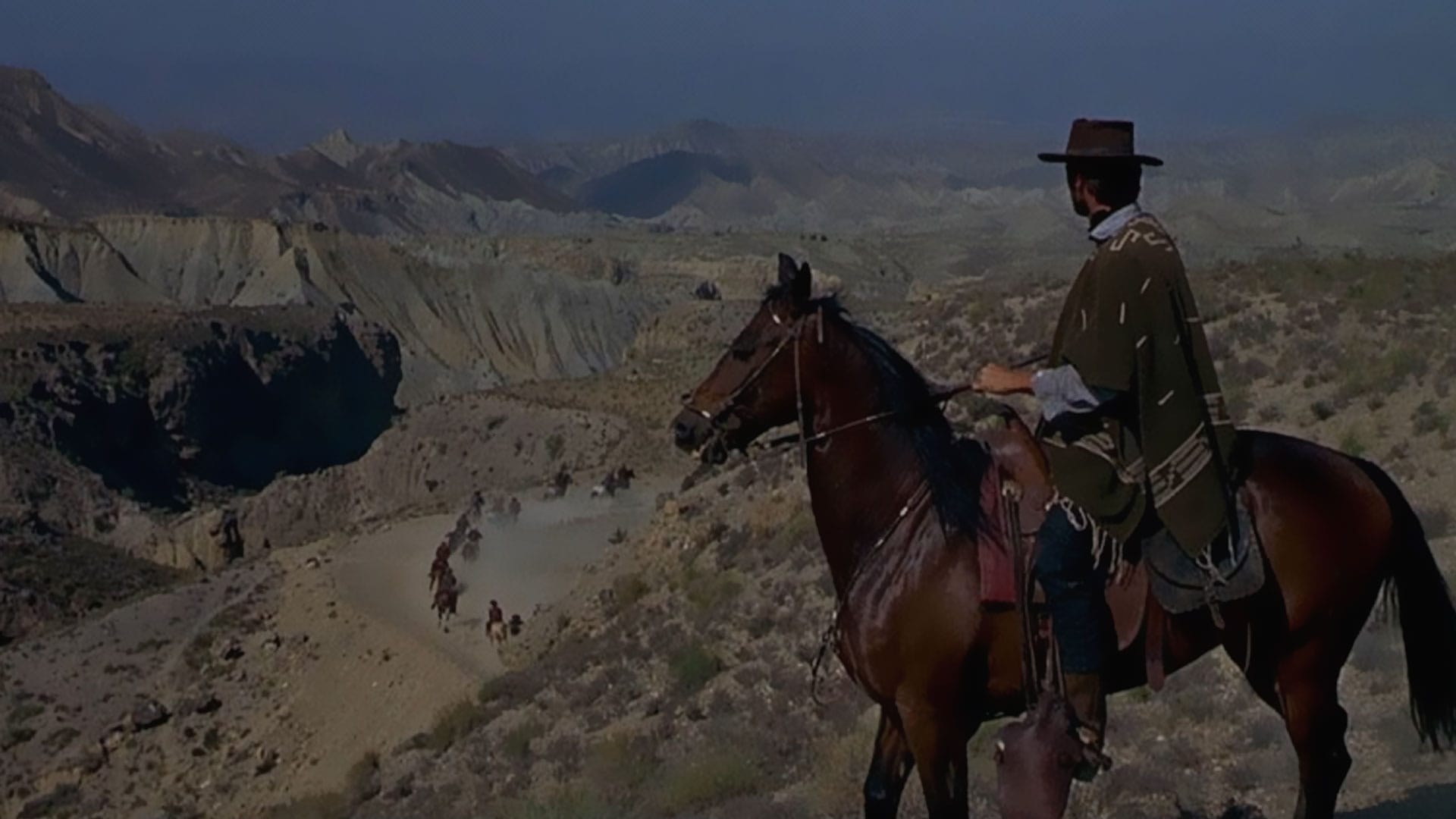
Time is Money!
A Fistful of Dollars took Italian cinemas by storm, quickly becoming one of the biggest hits in the history of their cinematography. Clint Eastwood knew nothing about this, though. After his European adventures, he returned to the set of the TV series Rawhide and waited for any news about the fate of the film in which he had the pleasure of starring, Il Magnifico Straniero. He also followed press information about Italian cinema but found no mention of interest. Moreover, all Westerns were financial failures on the Apennine Peninsula that year. The only exception was a film with a title that meant nothing to Clint. We can only imagine his surprise when he learned from a review that the lead role in the hit A Fistful of Dollars was played by a young American named Eastwood.
Soon after, producer Arrigo Colombo approached Clint with a proposal to make a sequel, For a Few Dollars More. The distrustful Yank was reluctant to agree, as he had not yet had the pleasure of watching the first film (!). The gracious Colombo agreed to send him a copy. In the meantime, Eastwood familiarized himself with Ennio Morricone’s soundtrack, which made a huge, though not entirely positive, impression on him. Approaching the viewing of this unexpectedly title-changing, not entirely original film shot in field conditions, Clint had many reservations. However, after watching, he quickly decided to star in the sequel.
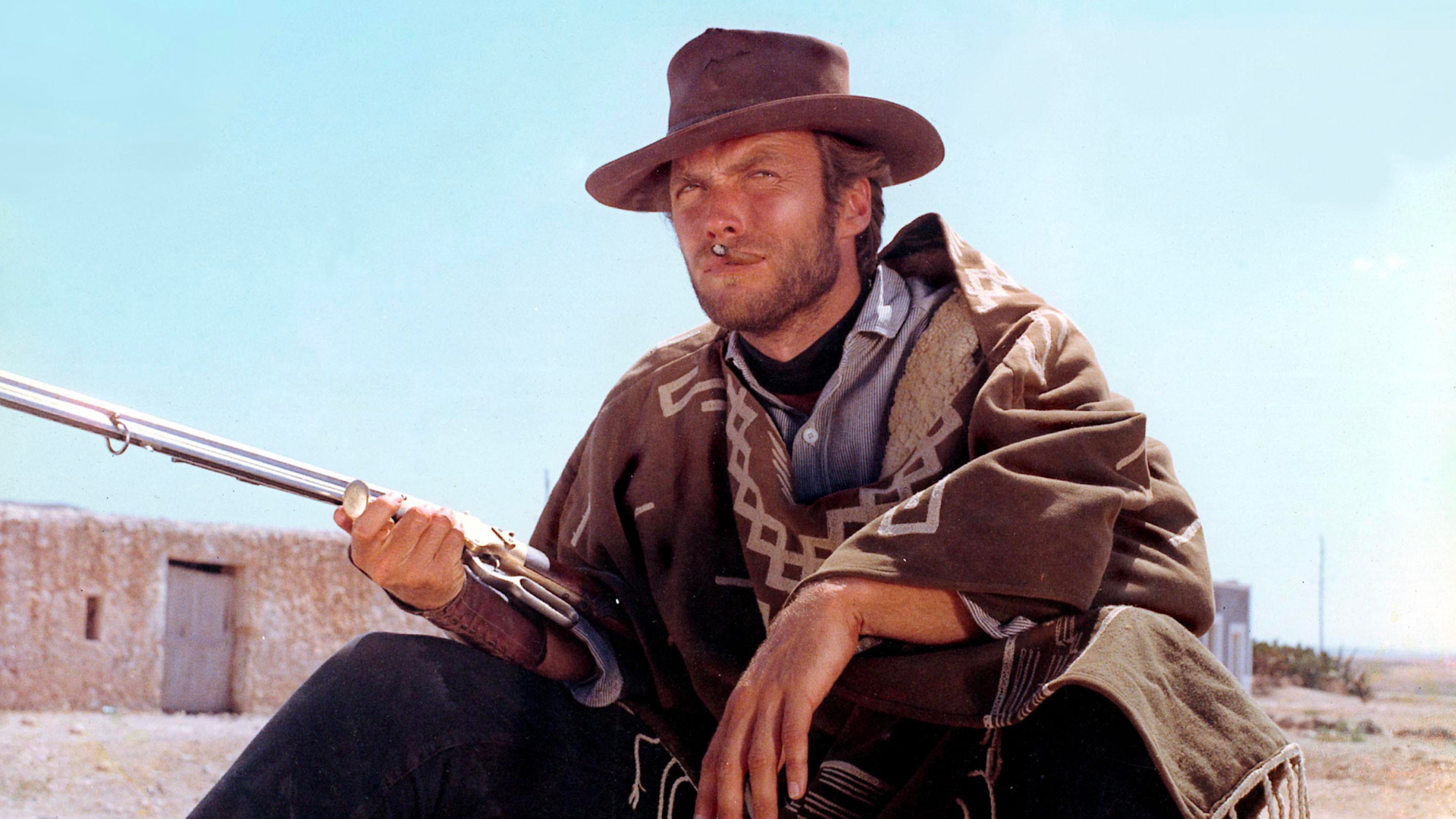
The Italians wanted to capitalize on the success of the first part as soon as possible, so Leone and his collaborators wrote the screenplay within two months. Even before the script was finished, the director, along with the new producer Alberto Grimaldi, went to the United States to convince Clint to sign the contract. Sergio acted out the most important scenes of the new film in his living room, while Grimaldi wanted to pay half of the proposed fee, twenty-five thousand dollars, in cash upfront. With an Anglo-Saxon approach to the matter, Eastwood preferred to wait with signing the commitment until the script was ready.
Money Talks!
For his second Western, Leone had a significantly larger budget. Therefore, he could afford to hire another American actor. However, his name still didn’t mean much in Hollywood at that time. Henry Fonda, Jack Palance, and – once again – Charles Bronson decisively turned down the offers. So, Leone turned to Lee Van Cleef, a distinctive actor who had appeared in the background of many classic Westerns (including High Noon, How the West Was Won, The Man Who Shot Liberty Valance). He had never broken into the first league. At one point, he suffered a serious injury that jeopardized his film career, and later he had alcohol problems. His career was at a standstill. When Leone approached him, Van Cleef, who hadn’t appeared in a cinema production since 1962, thought the Italian wanted to cast him in a small role, so he was pleasantly surprised when it turned out he would be the second name on the cast list. This was a turning point in the career of this American actor of Dutch descent. Over time, he became one of the icons of European Westerns.
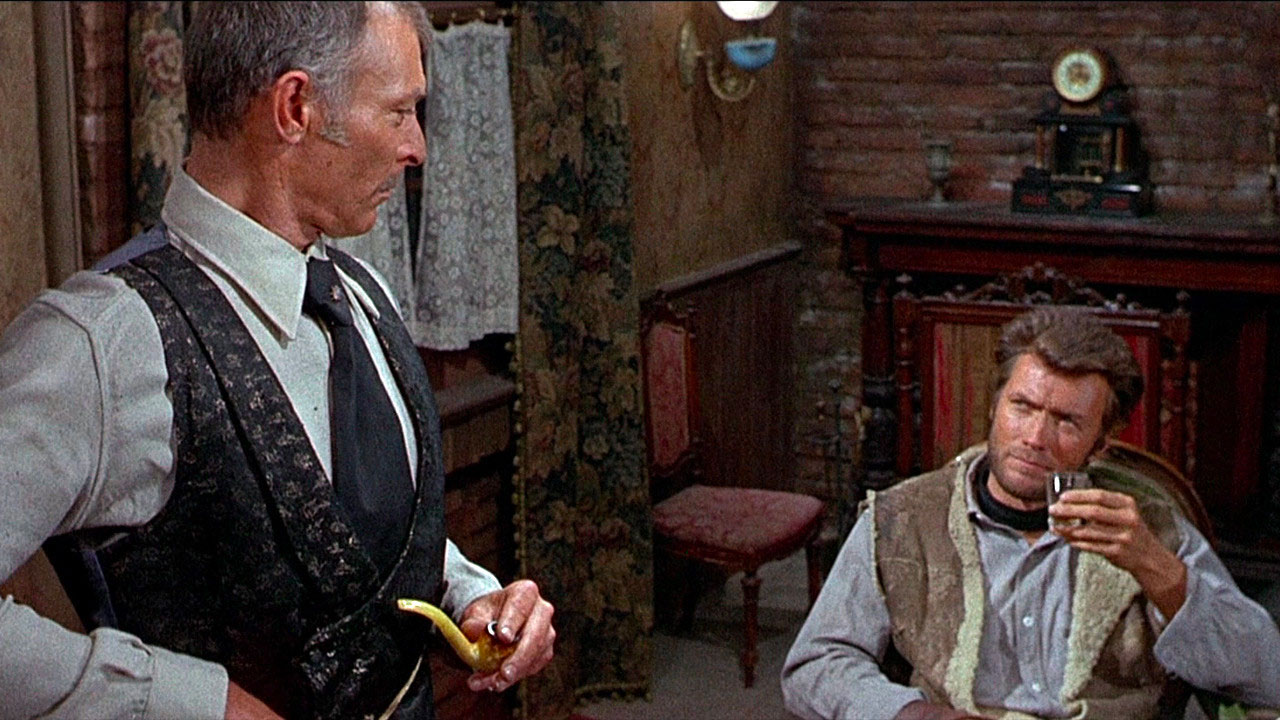
The year 1965 was also pivotal for another actor. Klaus Kinski had previously mainly appeared in German films and wasn’t particularly known outside his homeland. In For a Few Dollars More, he played the role of a hunchback-psychopath, didn’t have much screen time, but managed to create a very memorable performance. During the shoot, the eccentric Kinski got along best with Spanish gypsies, whom he considered his kindred spirits. In the same period, Kinski appeared in the even more successful Doctor Zhivago. Thanks to these roles, he gained fame and international recognition. He could freely choose offers – if we believe the legend, he was guided solely by financial criteria, but that’s another story.

The film hit Italian cinemas a year after A Fistful of Dollars. It performed even better in theaters than its famous predecessor. The success of For a Few Dollars More was so great that even Hollywood bigwigs noticed. The success of one film could always be a fluke, but after making two highly acclaimed and, most importantly, extremely profitable productions, the names Leone and Eastwood started to mean something in the film industry. The United Artists studio decided to invest in the production of their third film. At the same time, a decision was made to release both Westerns in American theaters. (Interestingly, it was American marketing experts who first called Clint’s character the Man with No Name).

